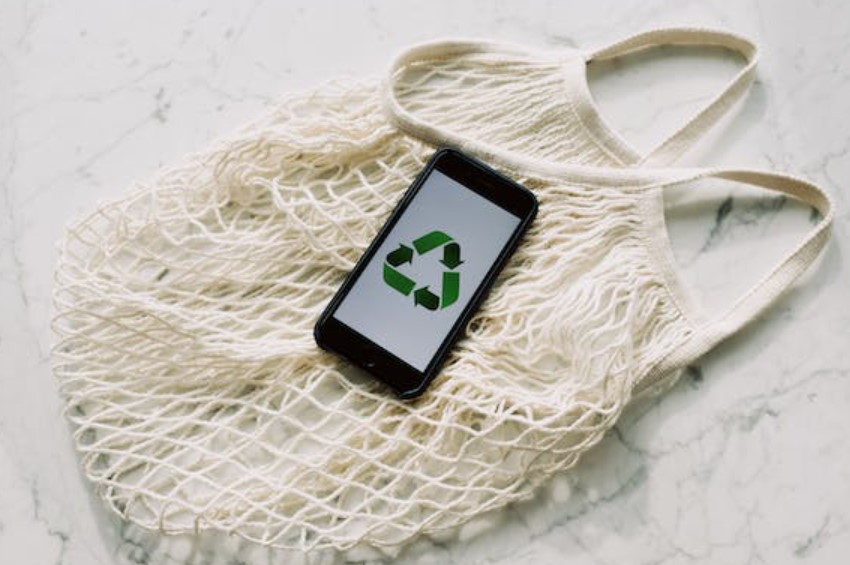In an era where environmental sustainability is gaining importance, small businesses are increasingly under pressure to adopt sustainable practices, including eco-friendly packaging. However, there’s a common misconception that going green involves substantial investments that many small businesses can’t afford. The truth is, there are numerous cost-effective strategies available that can help small businesses transition to eco-friendly packaging while maintaining profitability. In this article, we will explore practical tips to make your packaging more environmentally responsible without straining your budget.
1. Reuse and Recycle
Small businesses can initiate their eco-friendly journey by adopting a simple yet effective mantra: “Reduce, Reuse, Recycle.” Consider reusing packaging materials such as boxes, bubble wrap, or packing peanuts if they are still in good condition. Many businesses receive packages regularly, so take advantage of this opportunity to source free or low-cost materials.
Recycling is another key practice. Ensure your business recycles materials like cardboard, paper, and plastics. Establish designated recycling bins in your workspace and educate your staff about the importance of responsible recycling. By reducing the need for brand-new materials, you not only save money but also contribute to environmental conservation.

2. Optimise Packaging Design
Rethinking your packaging design can help minimise waste and reduce the materials required. Consider using smaller and more efficient packaging for your products, which can lead to cost savings in both packaging materials and shipping expenses. Smaller packages are often not only eco-friendly but also more affordable to ship, reducing transportation costs.
Additionally, explore packaging designs that use less ink or adopt minimalist branding. Reducing the amount of ink used in your packaging saves money and lowers the environmental impact. Minimalist designs can be just as eye-catching and often more cost-effective.
3. Choose Eco-Friendly Materials
While eco-friendly packaging materials can sometimes come at a premium, there are affordable options available. Look for materials like recycled cardboard, kraft paper, or biodegradable plastics. These materials are often cost-effective and can be sourced from local suppliers.
Consider purchasing in bulk to further reduce costs, and explore partnerships with eco-friendly packaging suppliers who may offer discounts for small businesses committed to sustainable practices.

4. Custom Packaging Made Simple
Custom packaging can be more affordable than you might think. Invest in packaging that perfectly fits your product’s dimensions, reducing the need for excess material. Many packaging companies offer cost-effective options for customising your packaging with environmentally friendly materials. Additionally, smaller custom packages can often reduce shipping costs, saving your business money in the long run.
5. Educate Your Customers
Educating your customers about your eco-friendly initiatives can be a valuable marketing tool. Highlight your commitment to sustainability in your product descriptions, website, and packaging. Make it clear that you are taking steps to reduce your environmental impact and encourage your customers to recycle or reuse the packaging. In 2023, more consumers are willing to support businesses that prioritise sustainability, so don’t be shy about sharing your efforts.
6. Collaborate with Local Suppliers
Support local suppliers who share your commitment to sustainability. Local suppliers often offer eco-friendly materials and products at competitive prices. Plus, sourcing locally can reduce shipping costs and lower your carbon footprint. Building relationships with local suppliers can also lead to cost-effective arrangements and mutual support for small businesses in your community.
7. Reduce Unnecessary Packaging
Analyse your packaging process and eliminate any unnecessary steps or materials. Over-packaging not only increases costs but also negatively impacts the environment. Streamline your packaging to use only what is essential, making your operations more efficient and environmentally friendly. This not only helps your budget but also demonstrates your business’s commitment to sustainability.
Transitioning to eco-friendly packaging on a budget is not only possible but also beneficial for small businesses. By adopting practices like reusing and recycling, optimising your packaging design, choosing eco-friendly materials, and educating your customers, you can make your business more sustainable while maintaining profitability.
The key is to start small, make gradual changes, and continually seek cost-effective solutions to reduce your environmental impact. In doing so, your small business can contribute to a greener future while staying financially sound.
Remember that your commitment to eco-friendly packaging not only appeals to environmentally conscious consumers but also leads to long-term cost savings and an enhanced brand reputation. By taking these steps, your small business can pave the way for a sustainable future without compromising your budget.



























